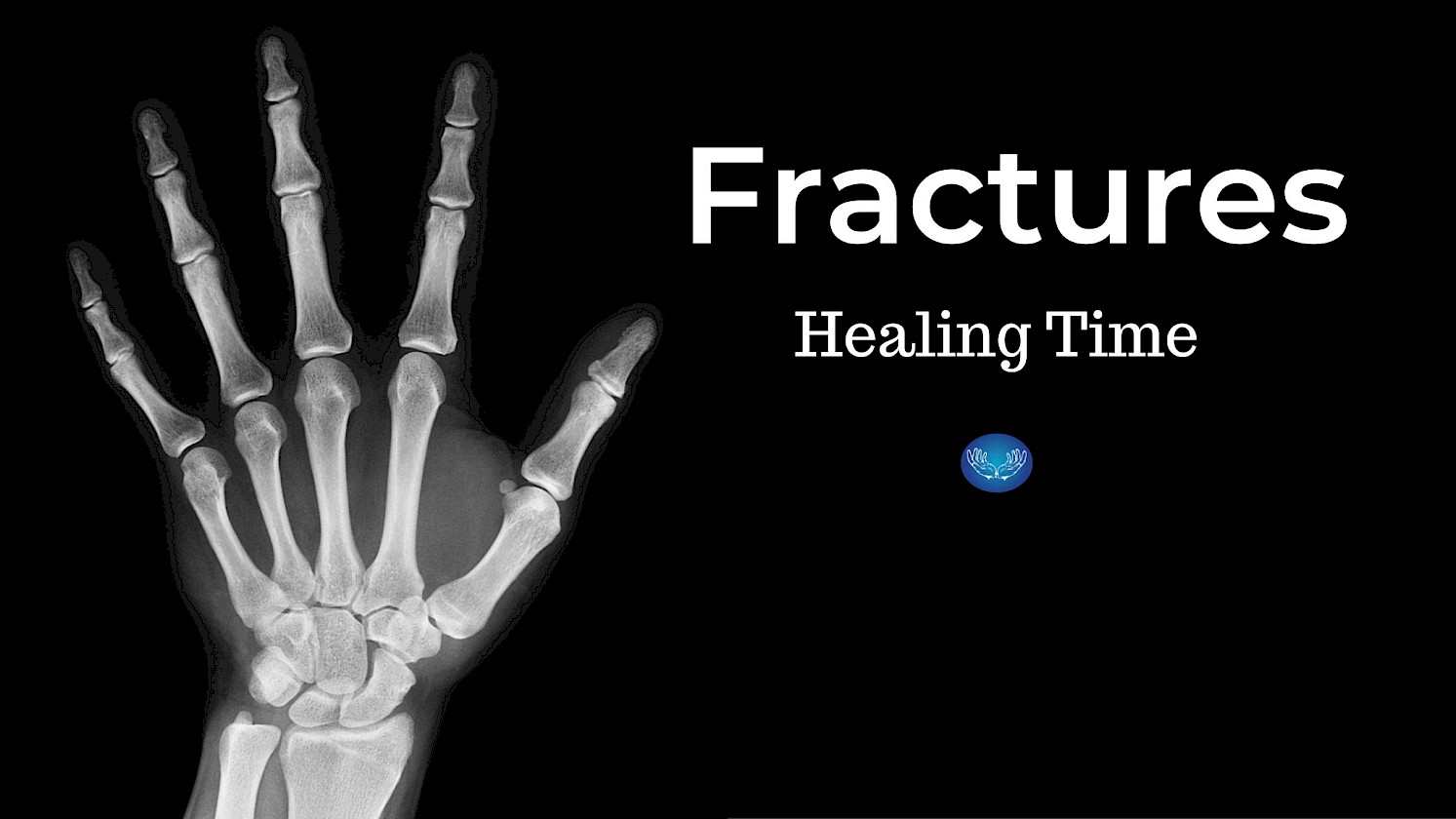When Will My Fracture Heal?
8 March 2023
Breaking a bone sucks. It is not only painful, uncomfortable and inconvenient - it also puts your life and plans on hold for weeks or months. Let's look at bone healing times - Do we have to wear a cast or splint for the full 6-8 weeks? Can we get back to sport or work sooner if we have broken something? How can we maximise our chances of recovering quicker after a break? David Coles, our Active Hand Therapist guru, talks us through all things healing.
What Affects Bone Healing?
- Size of the bone - Larger bones take longer to heal and smaller bones are usually quicker (with some exceptions). Eg a femur is such a large bone that healing times are months. A finger fracture is weeks.
- Vascularity - Bones that have poor vascularity (this is blood flow) take longer to heal. Eg a scaphoid bone, although small, has poor blood flow and can take months.
- Age - Older age can increase bone healing time by up to 15%. Kids usually heal faster as they have a special protein still in their blood that enables quicker healing.
- Diet - smoking delays bone healing as it can restrict blood flow to the bone. A healthy diet with minimal alcohol gives the best chance of good healing times. Low levels of calcium and vitamin D can also hinder bone healing.
- Type of break - a simple 'greenstick' where the bone hasn't moved out of place will heal quicker than a 'compound' fracture which causes more damage and longer healing. If the break has gone into a joint it will take longer to heal. If other structures are affected eg ligaments - the whole injury will take longer.
- Movement - a bone must stay immobile during the initial healing stages. A bone that is being moved during this time or is weight bearing too soon can increase inflammation and cause further damage to the area.
- Medical Conditions - diabetes, hormone related problems, vascular concerns, metabolic conditions can all delay bone healing times. If you get a severe illness during this time, healing can be delayed.
- Medications - some medicines eg corticosteroids and immunosuppressants can delay bone healing.
Bone Healing Timeframes In An Average Adult
- Finger fracture simple - fracture 6 weeks however a Hand Therapists can have you back to sport a llot earlier.
- Finger fracture complex - 2-3 months
- Thumb fracture - 6 weeks
- Scaphoid fracture - 2-6 months - a Hand Therapist can greatly minimise this time.
- Forearm fracture - 6 weeks unless complex
- Humerus fracture - 3-12 months - fracturing such a large bone has longer and more complicated healing times. Generally you will be under the care of a Orthopedic surgeon and hopefully a Hand Therapist.
Can I Get My Cast Off Early?
Yes and no. Depends on how you have healed and how careful you will be once it is removed. If you are wanting to get your cast off early to go mountain bike riding on your newly sticky fracture - the answer would be a hard 'No'. However if you have an important game coming up and you have a well healed fracture that you could wear a protective splint then 'Lets talk about it'.
A Hand Therapist can assess this via scans and liaise with your Doctor. In most cases we can make a customised thermoplastic splint that can be worn for the last few weeks which enables you to start your recovery quicker. These can also be worn in most types of sports and are much more comfortable. They can get wet and be removed for improved skin hygiene. Recovery exercises at this stage can also get your muscles in better shape again quicker - disclaimer - this must only be under the discussion of your therapist.
'Ryan was able to tweak my rehab to get me back to footy weeks sooner than I was told'
How Can We Maximise Quick Recovery
Hire a bone stimulator - this has been shown to improve healing for slow healing fractures. These can be hired and may show benefit in all types of fractures. They give micro-movements of the bone that increases 'stickiness' of the bone and increases vascularity - without causing inflammation or breaking the new bone lattice.
Diet and keeping healthy. Quit the smokes during this time and work on eating a healthy diet with lots of calcium and vitamin C.
Get an Orthopedic surgeons opinion - surgery can actually reduce an injury timeline. If a bone has displaced too far, has damaged other structures or there are multiple co-morbidities for bone healing - surgery can speed up the total recovery time. Hand Therapists can organise this for patients through your GP and often liaise with a surgeon for you.
Get to a Therapist early. Seeing a therapist early can hugely alter your outcomes. An appointment will involve reviewing the diagnoses, splinting or casting correctly for the injury for maximum benefit, lots of education around maximising recovery and reducing long term complications. Exercises and muscle stimulation to prevent wasting can also be timed just right.
Stay motivated and ask the right questions. Motivated patients look for ways to improve their whole injury timeline. This means asking the right questions so they can keep good muscle tone during casting or splinting. Staying on top of skin hygiene while in a cast. Doing the exercises set for them regularly once out of the cast. Asking about modified exercises to suit their needs once back to work, sport or hobbies.
We often see elite athletes as our Team of Physiotherapists and Hand Therapists can work with your healing and minimise your time frames. Our goal is to have you back doing what you love as quickly as possible with the best outcome.
Written by David Coles

